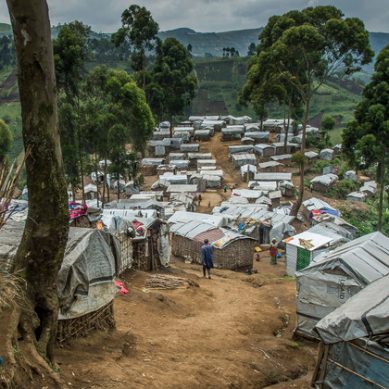
Study finds since 1979 climate change has made heatwaves last longer, spike hotter, hurt more people
Climate change is making giant heatwaves crawl slower across the globe and they are baking more people for a longer time with higher temperatures over larger areas, a new study finds.
Since 1979, global heatwaves are moving 20 per cent more slowly, meaning more people stay hot longer and they are happening 67 per cent more often, according to a study in Friday’s Science Advances. The study found the highest temperatures in the heatwaves are warmer than 40 years ago and the area under a heat dome is larger.
Studies have shown heat waves worsening before, but this one is more comprehensive and concentrates heavily on not just temperature and area, but how long the high heat lasts and how it travels across continents, said study co-authors and climate scientists Wei Zhang of Utah State University and Gabriel Lau of Princeton University.
From 1979 to 1983, global heat waves would last eight days on average, but by 2016 to 2020 that was up to 12 days, the study said.
Eurasia was especially hit harder with longer lasting heatwaves, the study said. Heatwaves slowed down most in Africa, while North America and Australia saw the biggest increases in overall magnitude, which measures temperature and area, according to the study.
“This paper sends a clear warning that climate change makes heat waves yet more dangerous in more ways than one,” said Lawrence Berkeley National Lab climate scientist Michael Wehner, who wasn’t part of the research.
Just like in an oven, the longer the heat lasts, the more something cooks. In this case it’s people, the co-authors said.
“Those heatwaves are traveling slower and so slower so that basically means that … there’s a heatwave sitting there and those heatwaves could stay longer in the region,” Zhang said. “And the adverse impacts on our human society would be huge and increasing over the years.”
The team conducted computer simulations showing this change was due to heat-trapping emissions that come from the burning of coal, oil and natural gas. The study found climate change’s fingerprint by simulating a world without greenhouse gas emissions and concluding it could not produce the worsening heat waves observed in the past 45 years.
The study also looks at the changes in weather patterns that propagate heat waves. Atmospheric waves that move weather systems along, such as the jet stream, are weakening, so they are not moving heat waves along as quickly — west to east in most but not all continents, Zhang said.
Several outside scientists praised the big picture way Zhang and colleagues examined heatwaves, showing the interaction with weather patterns and their global movement and especially how they are slowing down.
This shows “how heatwaves evolve in three dimensions and move regionally and across continents rather than looking at temperatures at individual locations,” said Kathy Jacobs, a University of Arizona climate scientist who wasn’t part of the study.
“One of the most direct consequences of global warming is increasing heatwaves,” said Woodwell Climate Research Centre scientist Jennifer Francis, who wasn’t part of the study. “These results put a large exclamation point on that fact.”
- An AP report











